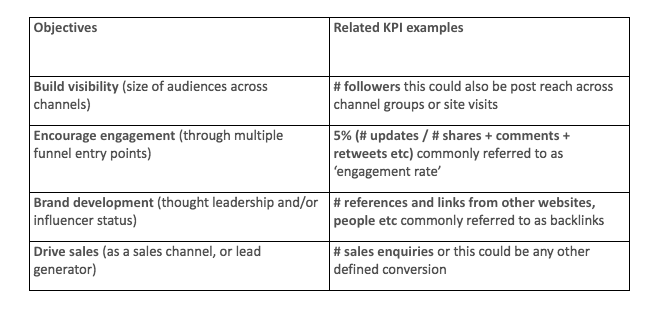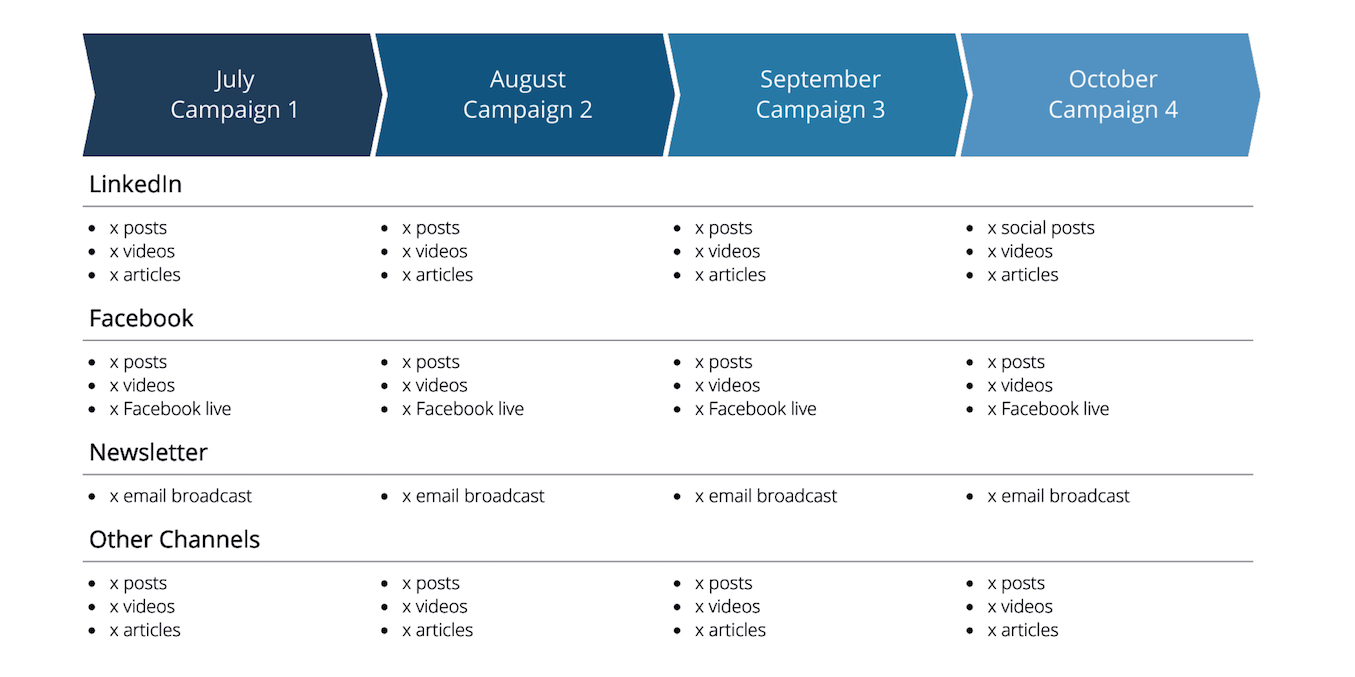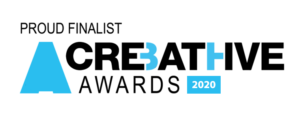How to plan your social content strategy

Plan – implement – evaluate … fine-tune > Plan – implement – evaluate … fine-tune > Plan – implement – evaluate … &c
The Power of Planning
Planning helps you understand what to write, when or why. Without a plan, you won’t know what you are doing, other than having a vague idea based on your experience and learning to date.
With a plan, your work is focused on your strategy, targeted at specific stakeholders whom you want to receive the message you have previously decided upon.
Social media ceases to be a waste of time and becomes a powerful and effective tool in your SEO and stakeholder-engagement strategy.
Remember to beware ‘The Six Ps’ – ‘Poor Planning Permits P**s Poor Performance!’
The first stage: Evaluate your position
To begin with, it’s important to analyse and understand your activities and statistics to date, so you have a clear starting point. You’ll need to get to know your audiences and the profile of active channel users.
You will also need to know your competitor’s activities – as the Chinese philosopher/general Sun Tzu said 1,000 years ago, ‘Know thine enemy’ – and it’s helpful to study the best examples from parallel industries.
This enables you to target your channels. Always refer to your strategy and keep an open mind, adjusting your content and style to the chosen channels.
Be careful always to choose objectively: it’s too easy to simply base your choices on your own preference of channel, or your hunches. Be guided by the analysis and try and incorporate a ‘media mix’, as all channels could offer potential audiences.
Setting objectives and KPIs
KPIs are important to performance because they keep objectives at the forefront of decision making. It’s essential that business objectives are well communicated across your company, so when people know and are responsible for their own KPIs, it ensures that the company’s objectives are top of mind.
Inbound audience types

Campaign design and planning
The easiest way to get into the mindset to plan is to ask yourself what your audience expects to see from you.
Remember to always defer to your strategy for content building; develop your strategy by asking yourself what types of articles, posts or resources position and articulate for you best?
You’ll also need to establish who your contributors are: how will you disseminate your plan and collaborate with them on it ongoing? This is important because you can’t do it all yourself – you need to divide it up and get your colleagues to work together, otherwise your job will quickly become 24/7!
Don’t overstretch your resources – it’s a marathon not a sprint!
Key to your campaign momentum, social media successes and any associated SEO benefit is ensuring that you can sustain activity evenly and steadily ramp it up over time, applying greater resources where necessary.
Too much too soon, or too many random spikes in activity and you will lose momentum.
So you have to determine the ideal long-term broadcast plan and align it with your marketing goals.
Remember to ask yourself what are you going to focus on. Keep in mind that engaging your customers with interesting content will increase their affinity for your brand. So you need to be able to think about what your audience would like to see, read, and preferably even share with others.
Campaign organisation
Here’s an example of how a well organised plan might look:

Scheduling
Set up your communications in line with your campaign design, using your strategic plan and implementing its content creation and scheduling without losing sight of your objectives.
If possible, align your activity with planned or anticipated events, such as trade shows, seasonal sales spikes etc.
Leave plenty of room to adapt and be responsive to sudden changes and events – after all, social media is supposed to be spontaneous! Plus your audience’s reaction might not be what you expected or the market might not change in the way you anticipated, so make sure to adjust to keep your communications relevant.
Scheduling exactly what happens, when and by whom, and choose the best tools and support for distributing your campaign plans; don’t forget to build in lead times when establishing responsibilities. Now’s the time to be realistic. How many hours would you be able to allocate to your social media presence every week, or every day?
Planning and scheduling. Our eight top tips!
- Research the best times to schedule your content;
- Use a social media scheduling tool, such as Hootsuite;
- Only schedule content which benefits your customer;
- Encourage comments and replies to increase engagement and visibility;
- Don’t over–schedule – your time is important;
- Avoid blanket scheduling, customise each post to the channel it appears in;
- Think outside the box and create interesting content, not boring;
- Always put yourself in the shoes of your customers before you make a decision.
For the latest in our ‘social media strategy’ webinar series, we teach you how to plan your social content strategy.
You’ll learn how to design an effective campaign on social media; we’ll discuss how to set and evaluate your objectives so that they are measurable and relevant; we’ll show you how to choose your channel, how to schedule your posts and tweets, articles and blogs.
Be prepared for lots of practical tips to set you on your way.
At the end, we stay online for a Q&A session to answer your queries and help us refine our future webinars.
Please do share this presentation with colleagues whom you think would benefit.
Listen to our Webinar
Please listen to the recording below, and a PDF version of our presentation – How to plan your social content strategy; available for you to download.
Resource available for download:
How to plan your social content strategy
Webinar by Marcom: 21st May 2020
Most modern browsers will enable you to view and manage PDFs directly in the browser.
Those users on older browser may need to download Adobe Acrobat Reader DC to view the document in full.
Related Posts
-
Marketers need to have a good understanding of psychology to...Jan 03, 2023 / 0 comments
-
Direct marketing techniques from the 1980’s still underpin...Dec 11, 2015 / 0 comments
-
The value of exporting outside the confines of the EU is inc...Jun 07, 2019 / 0 comments
-
Here are our top ten expert marketing tips for start-up comp...Oct 09, 2015 / 0 comments
Recent Posts
- The move from Search to AI Search Engines – what does it mean for website owners and marketers?
- The benefits of generative AI in copywriting
- Copywriting as a tool for growth
- Navigating Green claims in a world of Greenwashing
- Marketing is War! Marketers must be prepared for the future, whatever it brings.
Copyright © 2024 Marcom (Marketing Communications) Ltd. All rights reserved.
Cookies & Privacy Policy. This site is protected by reCAPTCHA and the Google Privacy Policy and Terms of Service apply.










Sorry, the comment form is closed at this time.